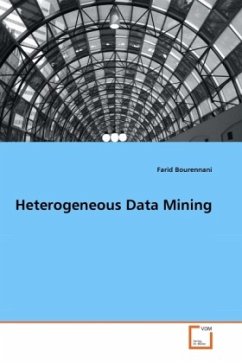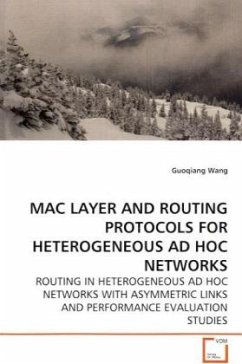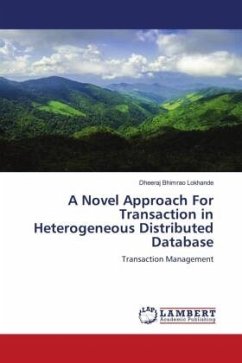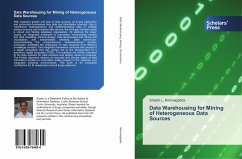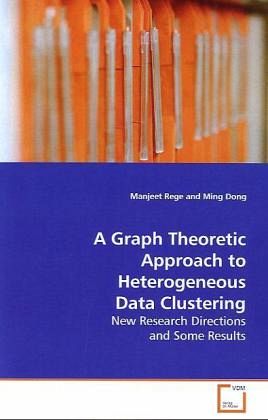
A Graph Theoretic Approach to Heterogeneous Data Clustering
New Research Directions and Some Results
Versandkostenfrei!
Versandfertig in 6-10 Tagen
39,99 €
inkl. MwSt.

PAYBACK Punkte
20 °P sammeln!
Data clustering is the process of automaticallygrouping data objects into different groups(clusters). The contribution of this book isthreefold: homogeneous clustering of images, pairwiseheterogeneous data co-clustering, and high-orderstar-structured heterogeneous data co-clustering.First, we propose a semantic-based hierarchical imageclustering framework based on multi-user feedback. Bytreating each user as an independent weak classifier,we show thatcombining multi-user feedback is equivalent to thecombinations of weak independent classifiers. Second,we present a novel graph theoretic approac...
Data clustering is the process of automatically
grouping data objects into different groups
(clusters). The contribution of this book is
threefold: homogeneous clustering of images, pairwise
heterogeneous data co-clustering, and high-order
star-structured heterogeneous data co-clustering.
First, we propose a semantic-based hierarchical image
clustering framework based on multi-user feedback. By
treating each user as an independent weak classifier,
we show that
combining multi-user feedback is equivalent to the
combinations of weak independent classifiers. Second,
we present a novel graph theoretic approach to
perform pairwise heterogeneous data co-clustering. We
then propose Isoperimetric Co-clustering Algorithm, a
new method for partitioning the bipartite graph.
Lastly, for high-order heterogeneous co-clustering,
we propose the Consistent Isoperimetric High-Order
Co-clustering framework to address star-structured
co-clustering problems in which a central data type
is connected to all the other data types. We model
this kind of data using a k-partite graph and
partition it by considering it as a fusion of
multiple bipartite graphs.
grouping data objects into different groups
(clusters). The contribution of this book is
threefold: homogeneous clustering of images, pairwise
heterogeneous data co-clustering, and high-order
star-structured heterogeneous data co-clustering.
First, we propose a semantic-based hierarchical image
clustering framework based on multi-user feedback. By
treating each user as an independent weak classifier,
we show that
combining multi-user feedback is equivalent to the
combinations of weak independent classifiers. Second,
we present a novel graph theoretic approach to
perform pairwise heterogeneous data co-clustering. We
then propose Isoperimetric Co-clustering Algorithm, a
new method for partitioning the bipartite graph.
Lastly, for high-order heterogeneous co-clustering,
we propose the Consistent Isoperimetric High-Order
Co-clustering framework to address star-structured
co-clustering problems in which a central data type
is connected to all the other data types. We model
this kind of data using a k-partite graph and
partition it by considering it as a fusion of
multiple bipartite graphs.



